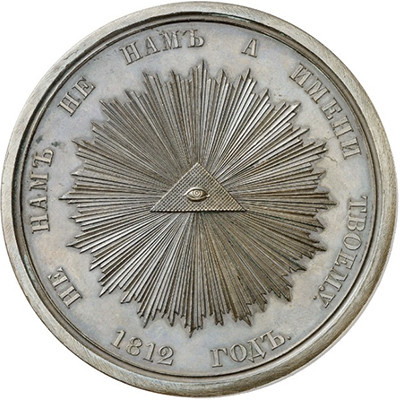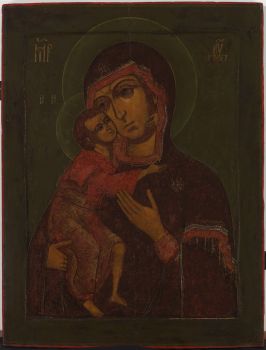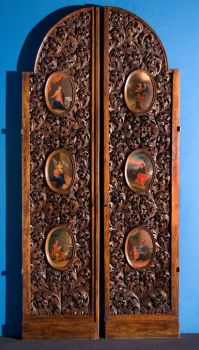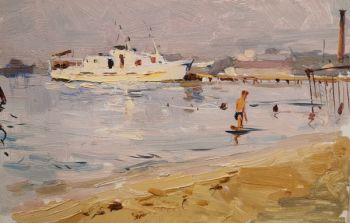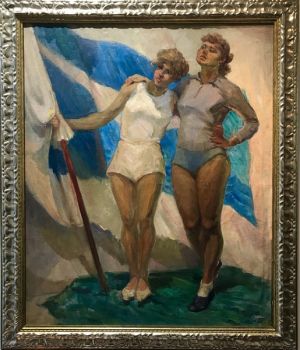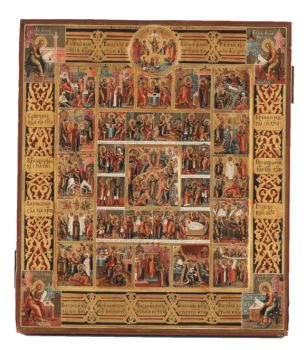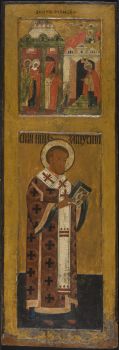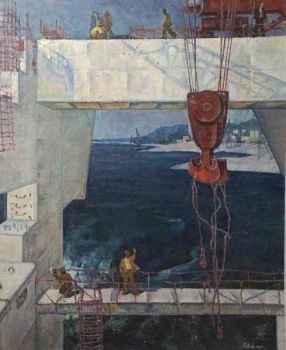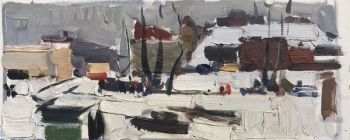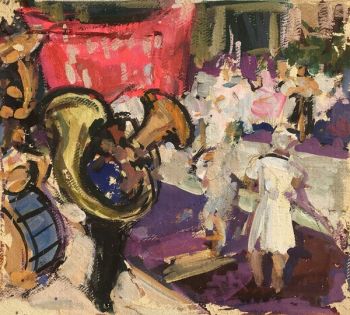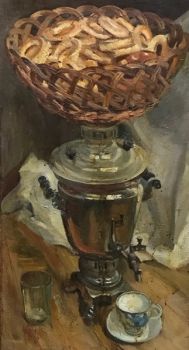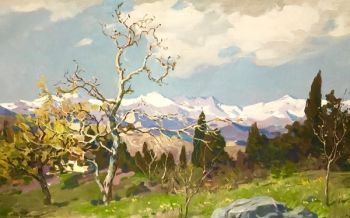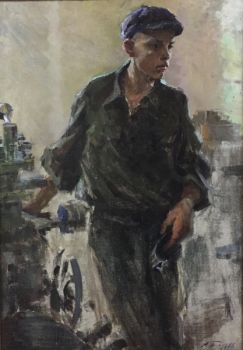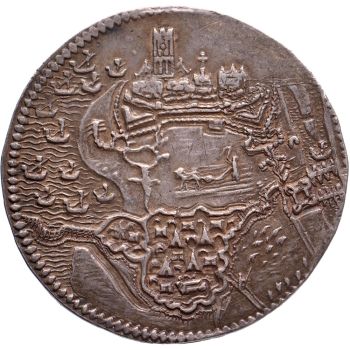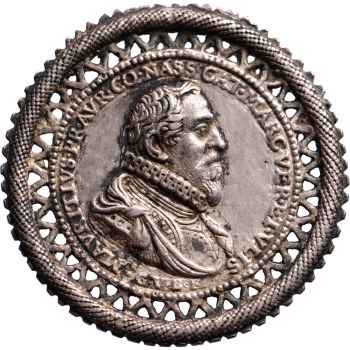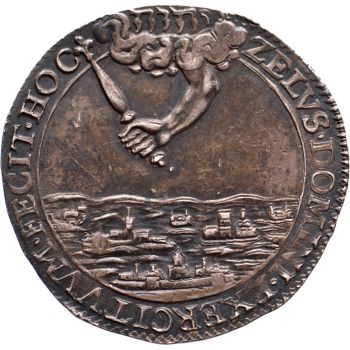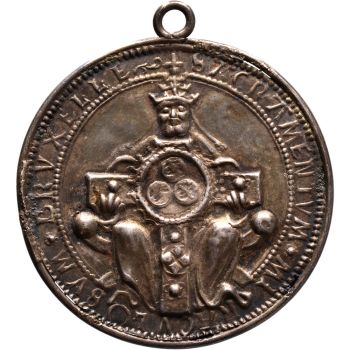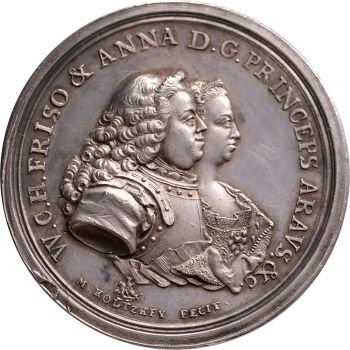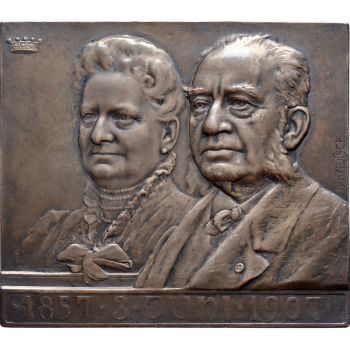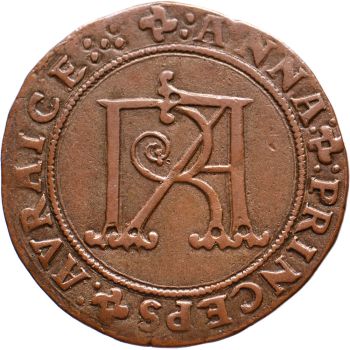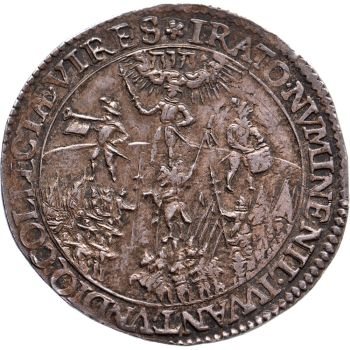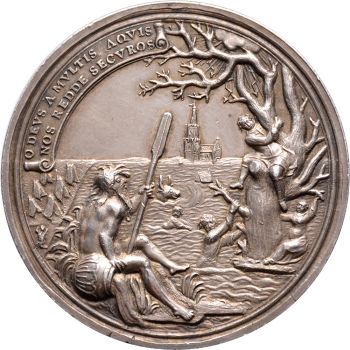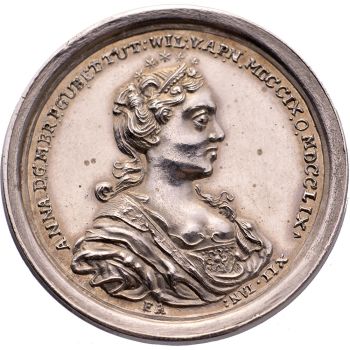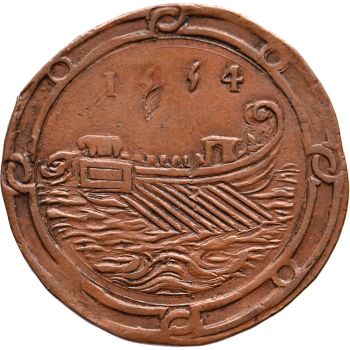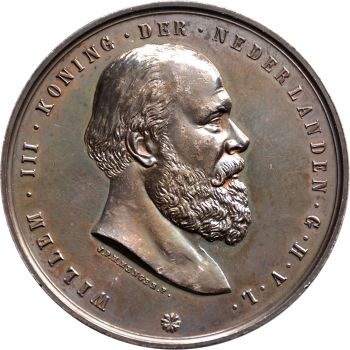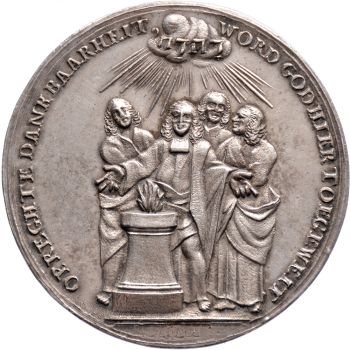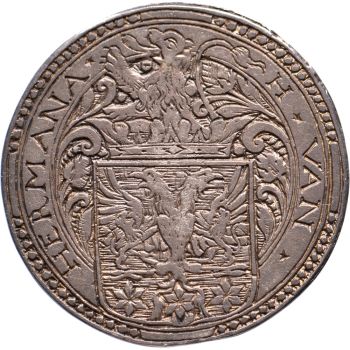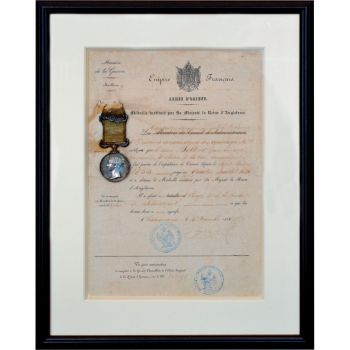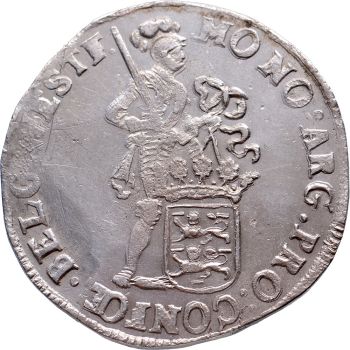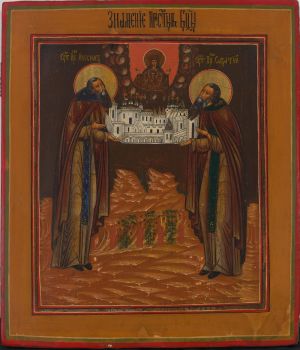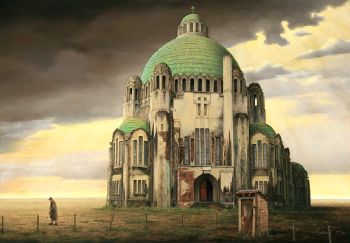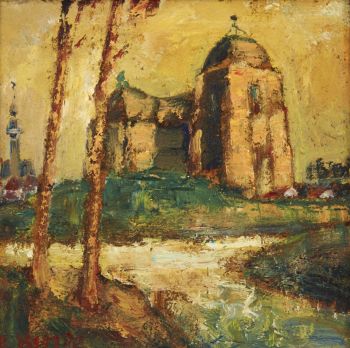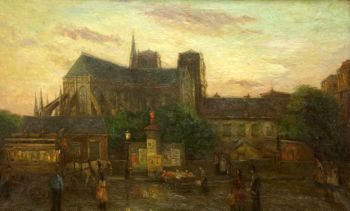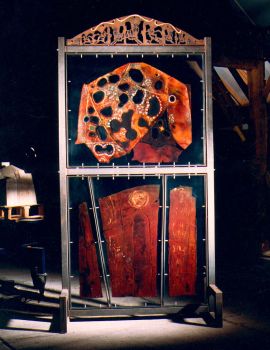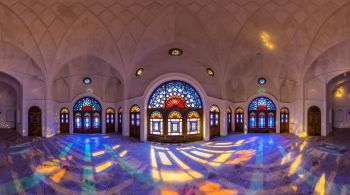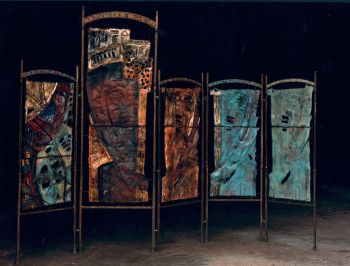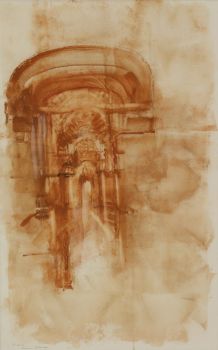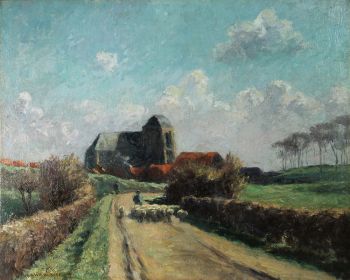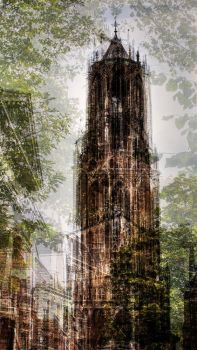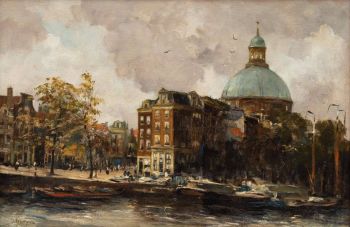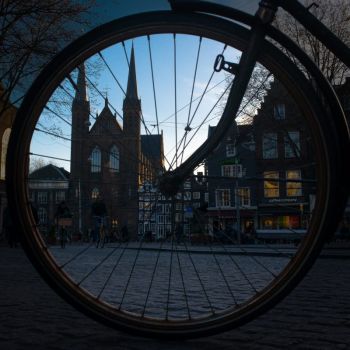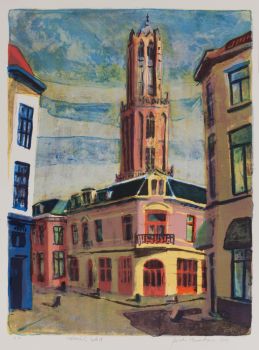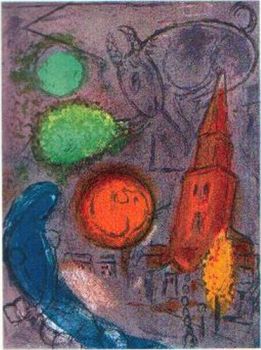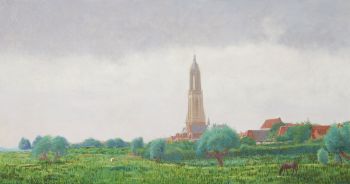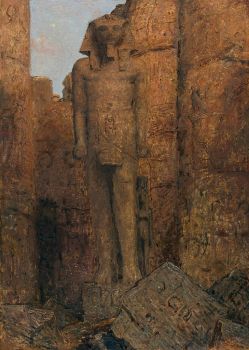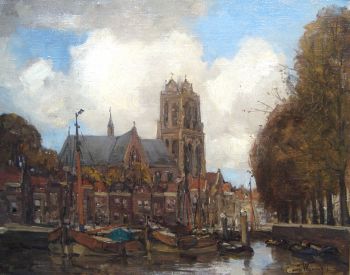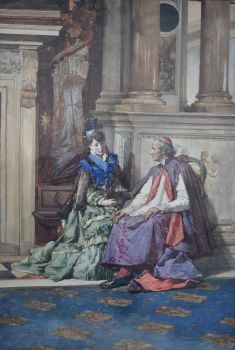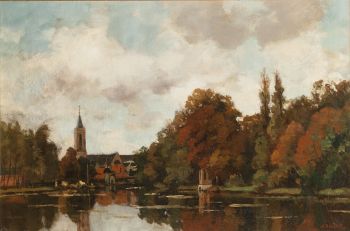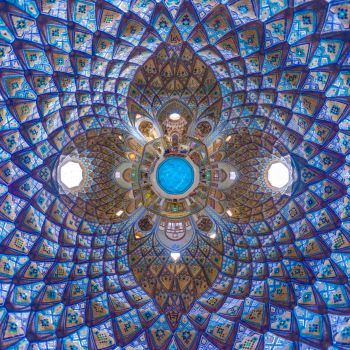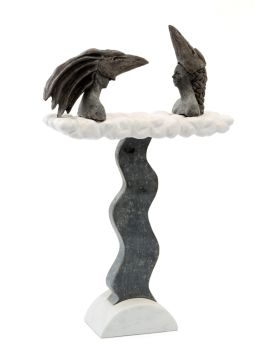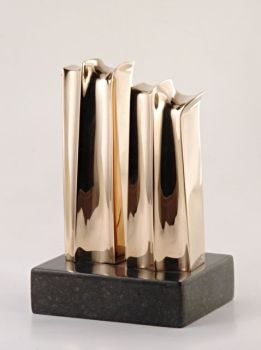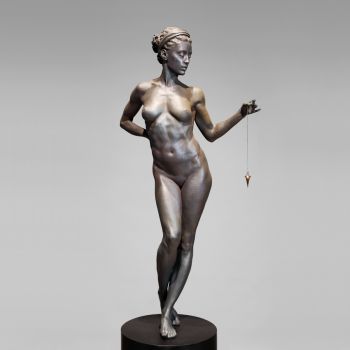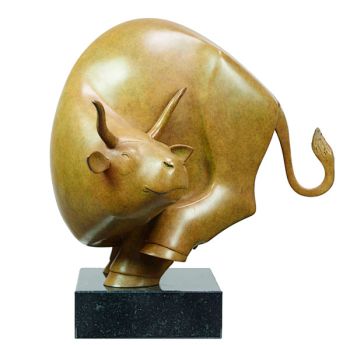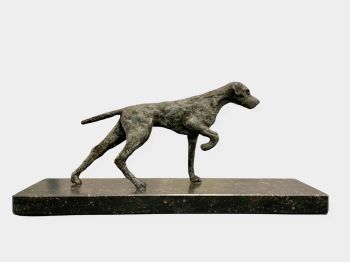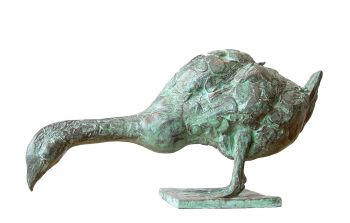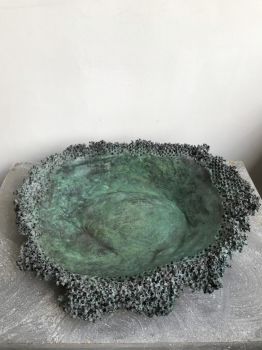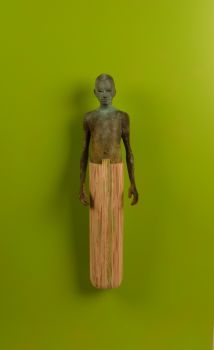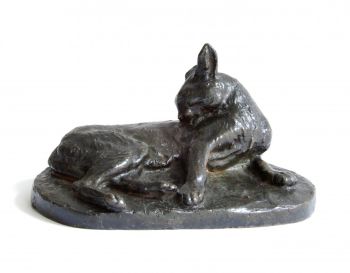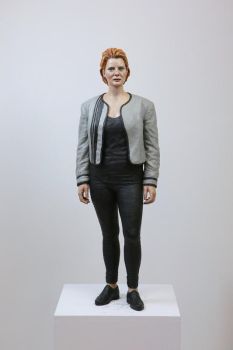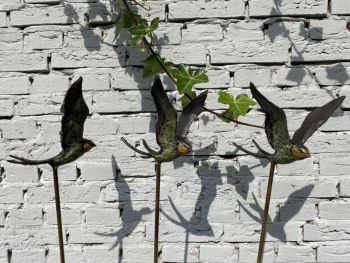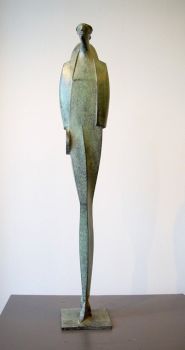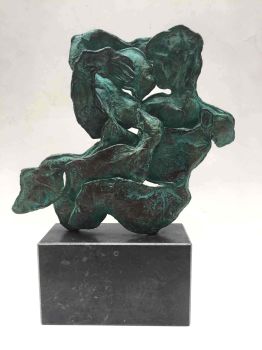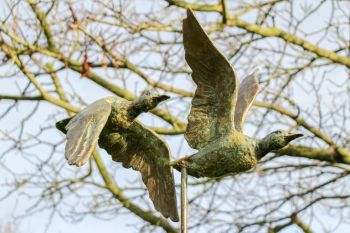1838. Rusia. Nicolás I (1825-1855). Fundación de la Iglesia de Cristo Salvador, Moscú 1838
Peter Savich Utkin
BronceMetal
ø 7.70 cm
ConditionNear mint
Actualmente no disponible a través de Gallerease
- Sobre la obra de arte
Obverse: Large radiant All-Seeing Eye, Cyrillic legend reading: Not for Us, Not for Us, But for the Sake of Thy Name, 1812
Reverse: view of the cathedral, signed at foundation by architect Konstantin Thon and engraver P. Utkin
By P. Utkin
VERY RARE
Weight: 210.31 g
Diameter: AE 77 mm
Quality: near Mintstate
Reference: Diakov 540.1
When Napoleon Bonaparte retreated from Moscow, Tsar Alexander I signed a manifest on 25 December 1812 declaring his intention to build a cathedral in honor of Christ the Savior “to signify Our gratitude to Divine Providence for saving Russia from the doom that overshadowed Her” and as a memorial to the sacrifices of the Russian people. It took some time for work on the projected cathedral to get started. The first finished architectural project, by Aleksandr Lavrentyevich Vitberg, was endorsed by the Tsar in 1817. It was a flamboyant Neoclassical design full of Freemasonic symbolism. Construction work was begun on the Sparrow Hills, the highest point in Moscow, but the site proved unstable. In the meantime Alexander I was succeeded by his brother Nicholas I. Profoundly Orthodox and patriotic, the new Tsar disliked the Neoclassicism and Freemasonry of the design selected by his predecessor. He commissioned his favorite architect Konstantin Thon to create a new design, taking as his model Hagia Sophia in Constantinople, Turkey. Thon’s Russian Revival design was approved in 1832. A new site closer to the Moscow Kremlin was chosen by the Tsar in 1837. A convent and church on the site had to be relocated, so the cornerstone of the new church was not laid until 1839. The cathedral was destroyed in 1931 on the order of Soviet leader Joseph Stalin. Following the end of the Soviet Union, the current church was rebuilt on the site during 1995–2000. - Sobre el artistaPeter Savich Utkin (Petr Savvič Utkin o Пётр Саввич Уткин) fue un pintor simbólico ruso. Nació en Tambov y siguió su escuela de arte en Saratov. En 1897 ingresó en la Escuela de Pintura, Escultura y Arquitectura de Moscú hasta 1907. Estudió con Isaac Levitan, Constantin Korovine y Valentin Sérov. Después de la Revolución se convirtió en profesor en la escuela de Bellas Artes 'Bogalioubov' en Saratov y en la academia rusa de Bellas Artes 'Ilya Repin'. Después de eso, se convirtió en profesor en la Academia de Bellas Artes de Leningrado.
Artwork details
Categoría
Tema
Estilo
Material y Técnica
Colour
Related artworks
 curada por
curada porGallerease Magazine
Artista Desconocido
UITGEBREIDE FEESTDAGENIKOON MET PASSIECYCLUS19th century
Precio a consultarHeutink Ikonen
1 - 4 / 24- 1 - 4 / 24
Etienne Bosch
Cityview of Paris with the Notre Dame1883 - 1933
Precio a consultarKunsthandel Pygmalion
Artista Desconocido
The bell of the VOC fortress in Jaffna, Sri Lanka1747
Precio a consultarZebregs & Röell - Fine Art - Antiques
 curada por
curada porDanny Bree
Marius Bauer
The Temple of Ramses II at Karnak Image in Luxor1919
Precio a consultarStudio 2000 Art Gallery
1 - 4 / 24- 1 - 4 / 24

